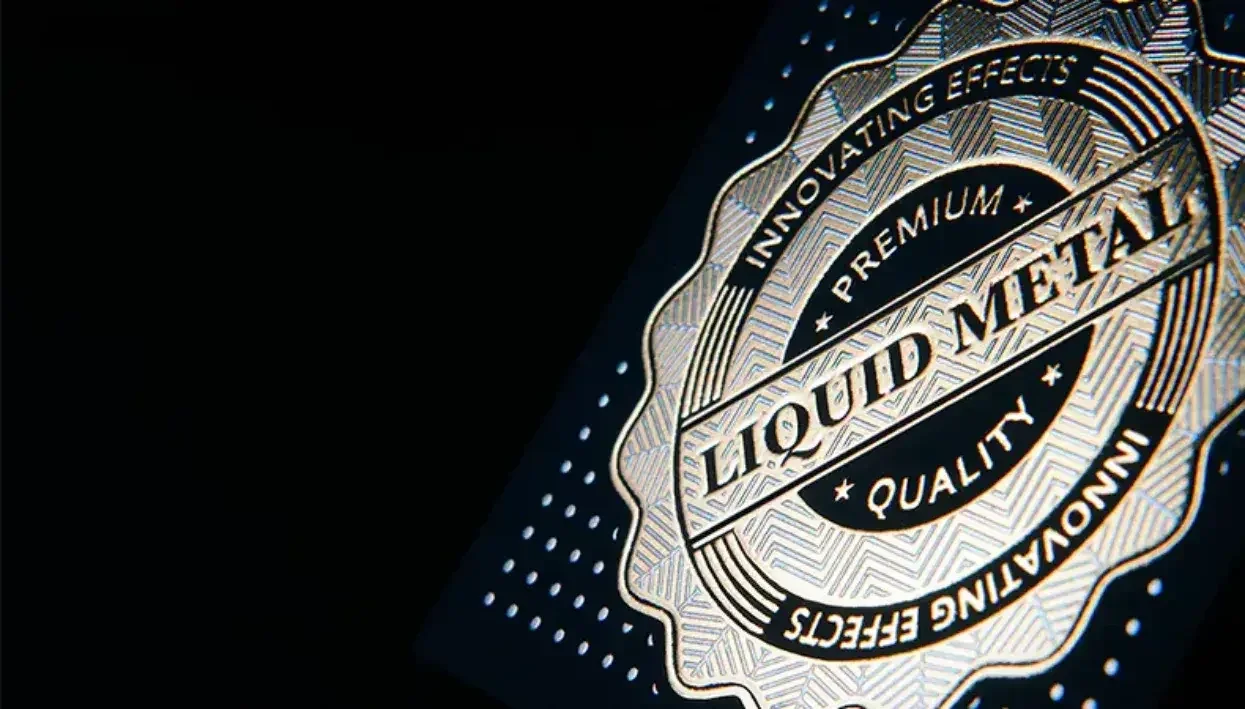Screen Printing
Substrates
Liquid metal: multicoloured cold foiling through screen printing
Author
FESPA Staff
Published Date
24/02/2020
Become a FESPA Member
to Continue Reading
